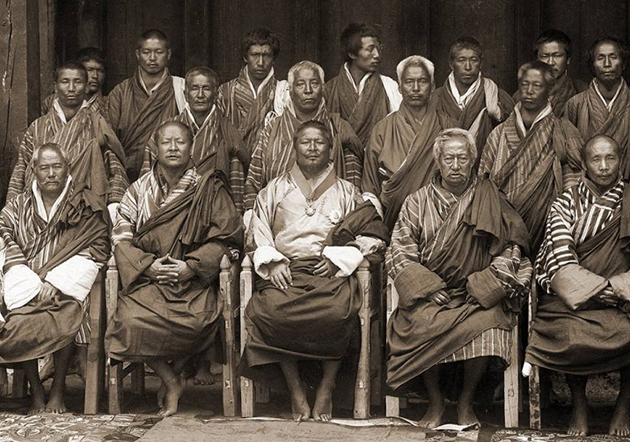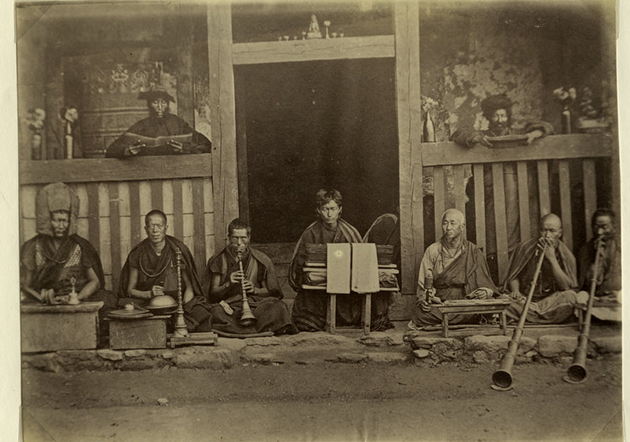Enjoying Bhutan tour packages, you, perhaps, want to get an insight into the history of Bhutan. However, it merely impossible as there will be lots of things you have to know like the story behind the attractions you visit. So, I would like to create this article to give you a brief introduction to Bhutan history. Hope you like it.
Bhutan Political History
The story began with the fact that in the early 17th century, Bhutan was a cluster of fragmented territory that was constantly at odds with each other; however, during that time, Zhabdrung Ngawang Namgyel visited the country from Tibet and with his religious powers as well as a strong sense of politics, he successfully unified the country as Bhutan we know today. After the unification, Zhabdrung Ngawang Namgyel set up a central administration, established a legal system, built many fortresses - known as Dzongs functioned as an effective defense and in the modern age, they function as centers of religious & administrations in Bhutan.
The most important milestone in the history timeline of Bhutan occurred in 1907 when people elected Sir Ugyen Wangchuck as the first hereditary King of Bhutan without any opposition. After that, HRH Jigme Wangchuck succeeded him and ruled the country from 1926 to 1952, then HRH Jigme Dorji Wangchuck – known as the father of modern Bhutan, became King and ruled the country from 1952 to 1972.
In 1974, when the 4th King of Bhutan – His Majesty Jigme Singye Wangchuck coronated came to the crown, he dedicated himself to defining and realizing a long-term vision and direction for the development of the country. In fact, he successfully promoted an approach of development which, today, is known as Gross Nation Happiness (GNH) presenting a balance between the creation of material wealth as well as the spiritual, cultural, and social needs of Bhutanese people. He was one of the greatest King in the history of Bhutan.
On 6th November 2008, Bhutan saw a new coronation ceremony of His Majesty the King Jigme Khesar Namgyel with Raven Crown adorned to him in Thimphu. Since then, he has been known as the world’s youngest reigning monarch and head of the newest democracy.
Bhutan Buddhism History
The very first thing you have to know about Bhutan, the Druk Yul or the Land of the Thunder Dragon that its early history is steeped in the Buddhist tradition and mythology but, the original documents of the Bhutanese pre-history have been destroyed by the fire and earthquakes.
According to some sources, the recorded history of Bhutan started from 747 AD when saint Guru Rinpoche who was considered the second Buddha and the patron saint of Bhutan, visited and introduced the Buddhist religion in such the country that has provided the sense of unity during the medieval ages. Legend had it that he flew to Bhutan on the back of a tiger and subjugated the demon spirit at the Taktsang and he and his later followers meditated in a cave on the cliff that the Taktsang Goemba stands today. Hence, it was the reason why the Taktsang Goemba that we currently know is also known as the Tiger’s Nest Monastery. When in Bumthang, the Padma Sambhava cured the ailing King and today, and today we can see the Kurje temple there as it was built to memorize him at the spot where his fingerprints and footmarks appeared etched into solid rock after he had meditated and where a cypress tree (it has still stood) sprouted from his staff.
Over the centuries, the pattern of Buddhism has considerably changed due to emigrants from Tibet. Later, Bhutanese sects developed their own forms of religion and the Drukpa sects of Kagyupa, a branch of Mahayana (Greater Vehicle), has been dominated among these Buddhist sects and now, it is the official religion of Bhutan.



